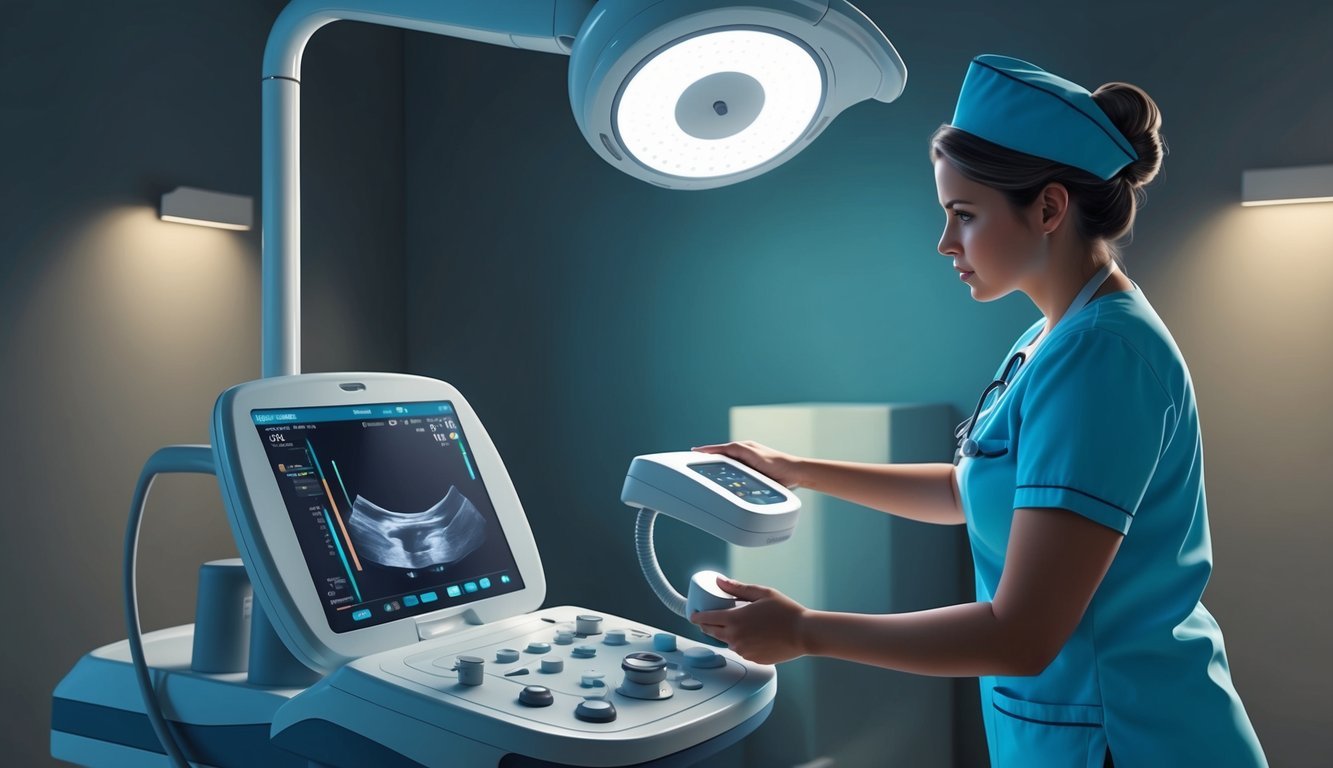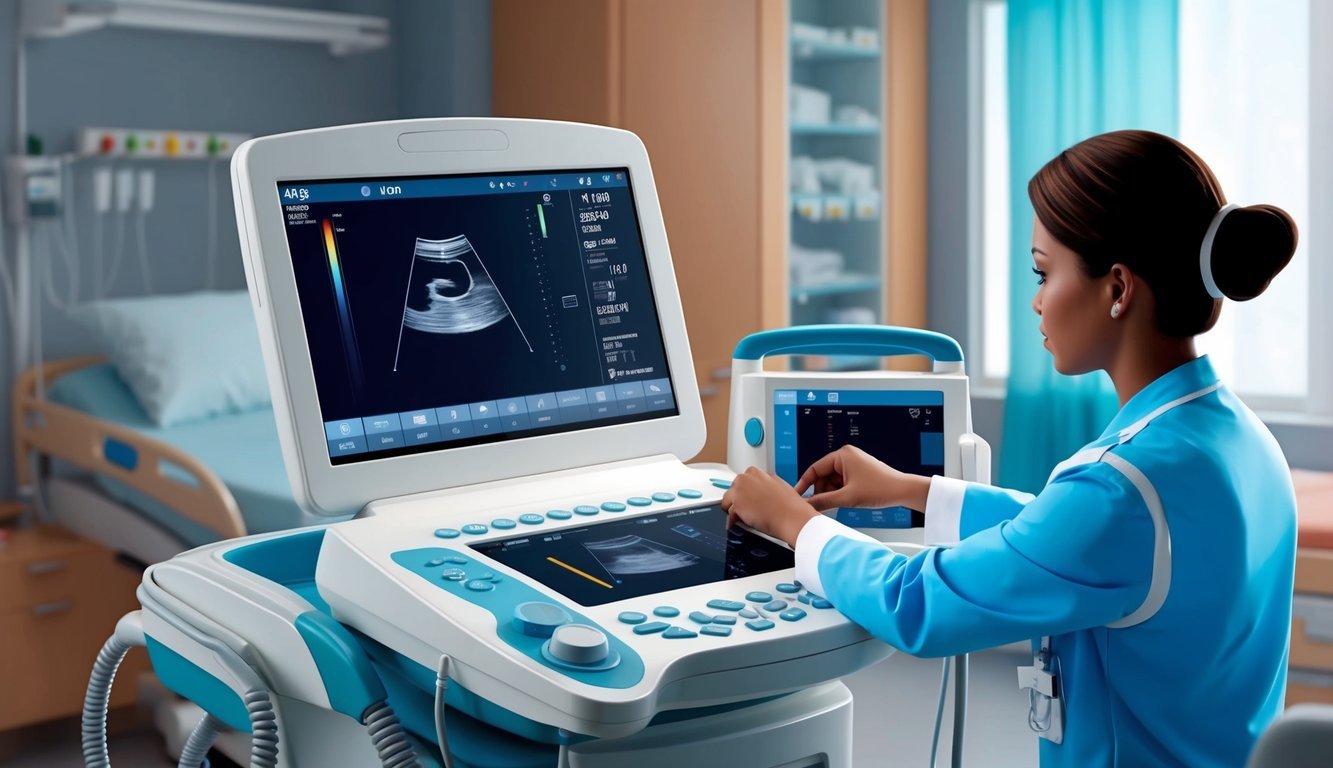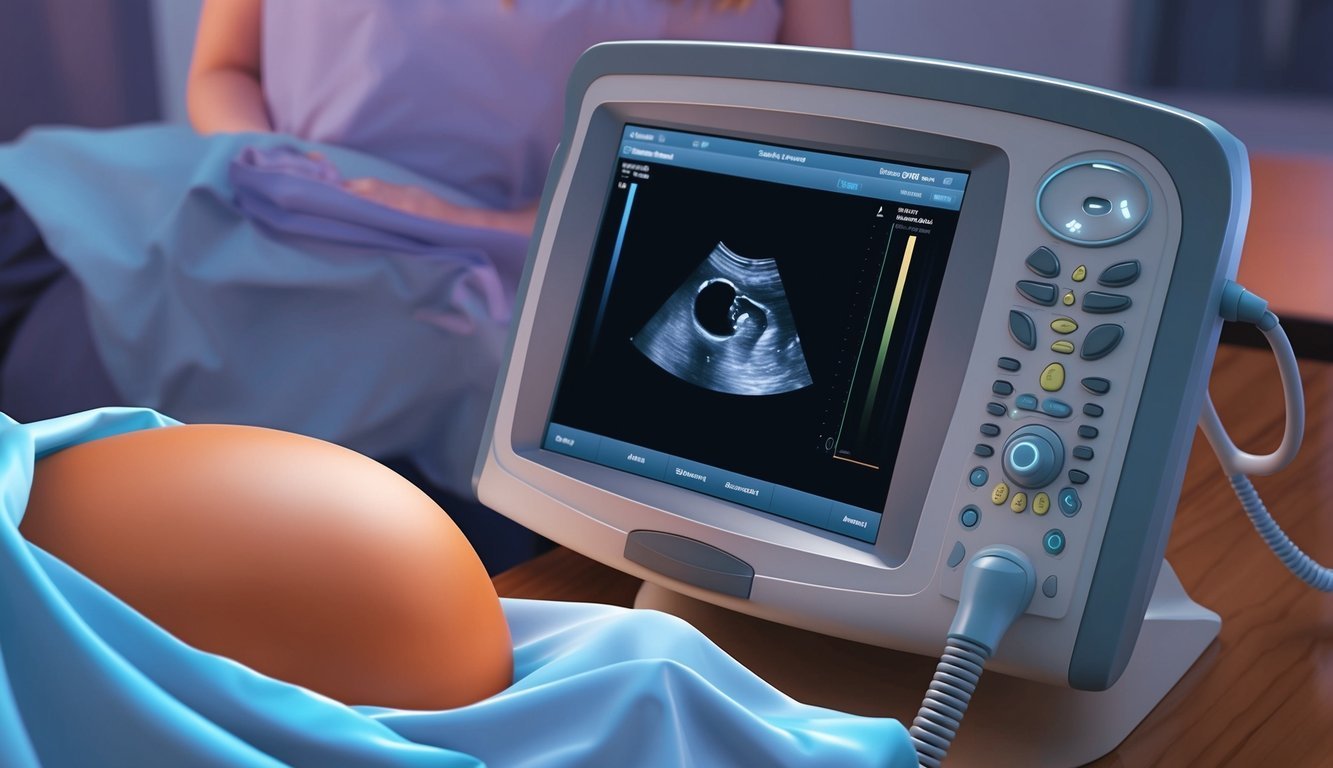As an ultrasound nurse, you play a vital role in patient care by using ultrasound technology to assist in diagnosing medical conditions.
This specialty combines your nursing skills with advanced imaging techniques, allowing you to work closely with patients and contribute to their treatment plans.
Your expertise not only aids in accurate diagnoses but also helps alleviate patient concerns during potentially stressful medical situations.
Throughout your career, you will typically collaborate with physicians and other healthcare professionals, ensuring seamless communication and comprehensive care.
In addition to performing ultrasound exams, you may also educate patients about the procedures and provide emotional support, making your role critical in healthcare settings.
If you’re interested in this rewarding field, understanding the specific requirements and qualifications is essential.
To excel as an ultrasound nurse, you will need a solid foundation in nursing, along with specialized training in ultrasound technology.
This combination of skills prepares you to navigate the various challenges of the role, ensuring that you provide high-quality care.
For more detailed guidance on becoming an ultrasound nurse, you can explore helpful resources such as those found at Nurse.org and NurseJournal.org.
Career Overview

As you consider a career as an ultrasound nurse, understanding the roles and specialized work environments is essential.
This field blends medical expertise with patient care, ensuring high-quality imaging and support for patients undergoing procedures.
Roles and Functions of an Ultrasound Nurse
Ultrasound nurses play a vital role in patient care within the realm of medical sonography.
They work alongside ultrasound technicians and sonographers to provide comprehensive care during imaging procedures.
Your responsibilities may include:
- Patient Preparation: Ensuring patients are comfortable, informed, and ready for imaging.
- Assisting with Procedures: Supporting sonographers during ultrasound exams, such as vascular, cardiac, or musculoskeletal evaluations.
- Monitoring Patient Comfort: Observing patients for signs of distress or discomfort during exams, addressing their needs promptly.
- Post-Procedure Care: Providing care instructions and follow-up information after the imaging processes.
With this role, you will enhance the patient experience while facilitating critical diagnostics.
Work Environments and Specializations
You will find ultrasound nurses employed in various settings, including:
| Work Environment | Description |
|---|---|
| Outpatient Care Centers | Focus on routine imaging and examinations. |
| Imaging Centers | Offer specialized imaging services to patients. |
| Hospitals | Provide comprehensive care in emergency and inpatient settings. |
In terms of specializations, ultrasound nurses can pursue specific areas such as:
- Cardiac Sonographer: Specializes in echocardiography, focusing on heart conditions.
- Vascular Technologist: Works with vascular imaging to evaluate blood flow and vascular health.
- Musculoskeletal Sonographer: Concentrates on imaging of joints, muscles, and soft tissues.
These settings and specializations provide unique opportunities to tailor your career according to your interests and the needs of the healthcare community.
Educational Pathways

Pursuing a career as an ultrasound nurse involves a structured educational journey.
This path typically includes completing specific academic requirements and obtaining the necessary accreditation and certification.
Academic Requirements
To become an ultrasound nurse, you need a strong educational foundation.
You must start with a high school diploma or equivalent, followed by advanced education.
Many individuals pursue an associate degree in sonography, which usually takes about two years to complete.
This degree provides critical training in ultrasound technology.
For those aiming for more specialized roles, obtaining a bachelor’s degree in sonography can be beneficial.
A bachelor’s program typically includes comprehensive coursework and clinical training.
Many of these programs are accredited, meeting the standards set by the Commission on Accreditation of Allied Health Education Programs (CAAHEP).
Additionally, there are sonography certificate programs for those who wish to enter the field after already obtaining a degree in a related area.
Accreditation and Certification
Accreditation is vital for educational programs in sonography.
Enrolling in an accredited sonography training program ensures that you receive quality education recognized by employers.
This accreditation is often a prerequisite for certification.
After completing an accredited program, you can pursue certification through organizations such as the American Registry for Diagnostic Medical Sonography (ARDMS).
Obtaining ARDMS certification demonstrates your competency in sonography and enhances your job prospects.
Additionally, there are specialized certifications available, such as those from Cardiovascular Credentialing International and the American Registry of Radiologic Technologists (ARRT).
These credentials can further validate your skills and make you a more competitive candidate in the healthcare job market.
Professional Development
To thrive as an ultrasound nurse, focusing on licensure, continuing education, and opportunities for career advancement is essential.
These elements not only enhance your qualifications but also ensure you stay updated with the evolving technologies and practices in sonography.
Licensure and Continuing Education
As a starting point, obtaining appropriate licensure is vital.
You may consider becoming a Registered Diagnostic Medical Sonographer (RDMS), a Registered Diagnostic Cardiac Sonographer (RDCS), or a Registered Vascular Technologist (RVT).
Each certification requires passing specific examinations and demonstrates your proficiency in ultrasound technology.
Continuing education is equally important for maintaining your credentials.
Earning Continuing Medical Education (CME) credits keeps you abreast of advancements in the field.
You must accumulate a designated number of CE hours to renew your certification periodically.
Engaging in workshops, online courses, and conferences provides opportunities for learning and networking.
Explore options through resources like the American Registry for Diagnostic Medical Sonography or similar organizations.
Advancing in a Sonography Career
Advancing your career involves strategic steps beyond obtaining initial certifications.
Consider specialization by obtaining credentials such as Registered Musculoskeletal Sonographer (RMSKS), which can enhance your marketability.
The demand for specialized skills often leads to increased job opportunities and better compensation.
Participating in professional organizations can aid your advancement.
Joining groups like the Society of Diagnostic Medical Sonography (SDMS) gives access to resources, networking events, and further educational opportunities.
Regularly updating your skills through additional training programs will prepare you for leadership or advanced clinical roles in sonography.
Day-to-Day Responsibilities

As an ultrasound nurse, your daily responsibilities encompass performing diagnostic procedures and using various imaging technologies.
You’ll interact closely with patients and collaborate with healthcare providers to ensure accurate diagnoses and effective patient care.
Diagnostic Procedures and Patient Interaction
Your day begins with preparing patients for ultrasound examinations.
This includes explaining the procedure, addressing concerns, and obtaining informed consent.
You play a crucial role in ensuring patients are comfortable and informed.
During the ultrasound, you operate specialized equipment to capture high-quality images using sound waves.
Procedures may involve abdominal sonography, cardiac sonography, or pediatric echocardiography.
After acquiring the necessary images, you will analyze the data and discuss preliminary findings with physicians.
Effective communication is essential, as you must convey critical information that can influence patient treatment plans.
Equipment and Technology Use
You are responsible for operating advanced imaging equipment, including ultrasound machines and associated technology.
Familiarity with various modalities such as vascular ultrasound and neurosonology is essential.
Maintaining the equipment is also part of your duties.
This includes routine checks, calibration, and infection control measures to ensure patient safety.
In the context of diagnostic medical sonography, your work may involve capturing sonograms and conducting echocardiograms.
Keeping all equipment sanitized and functional is vital to delivering high-quality patient care.
Staying updated on the latest advancements in medical imaging enhances your ability to use the technology effectively, contributing to improved patient outcomes.
Career Prospects and Salary Expectations

The field of ultrasound nursing offers promising career prospects alongside competitive salary expectations.
With advancements in technology and a growing emphasis on non-invasive diagnostic procedures, demand for ultrasound professionals continues to rise.
Job Outlook and Statistics
The job outlook for ultrasound nurses and medical sonographers is robust.
According to the Bureau of Labor Statistics, employment for diagnostic medical sonographers is projected to grow by about 12% from 2023 to 2033, which is much faster than the average for all occupations.
This growth is driven by the increasing use of ultrasound technology in various medical settings, including hospitals and outpatient facilities.
Skills such as effective communication, technical proficiency, and patient management are essential for those in this field.
| Job Title | 2022 Median Salary | Job Growth (2023-2033) |
|---|---|---|
| Diagnostic Medical Sonographers | $78,210 | 12% |
| Ultrasound Technicians | $81,350 | 12% |
Compensation and Benefits
Ultrasound nurses’ compensation varies by experience, location, and specialty.
According to the latest data, the average annual salary for ultrasound technicians is approximately $81,350.
Entry-level positions may earn around $61,430, while experienced sonographers can make over $107,730.
Additional benefits often include health insurance, retirement plans, and professional development opportunities.
Many employers also provide bonuses and incentives based on performance.
Understanding the compensation landscape can help you negotiate for better terms in your career.
For more detailed salary information, you can reference sources like Nurse.org and Bureau of Labor Statistics.

